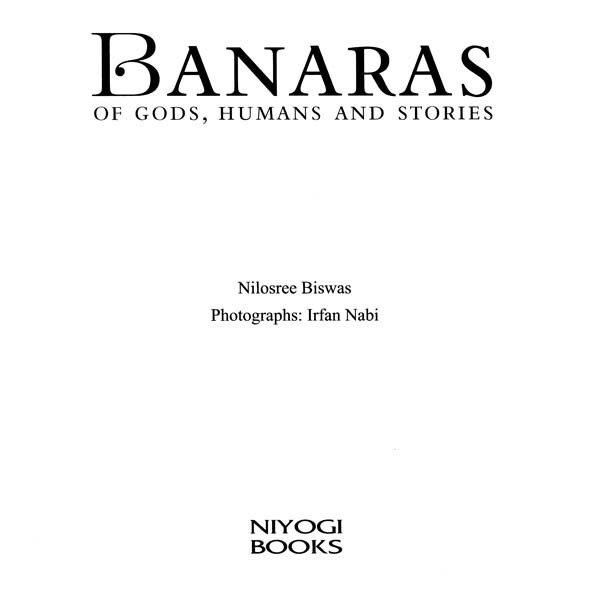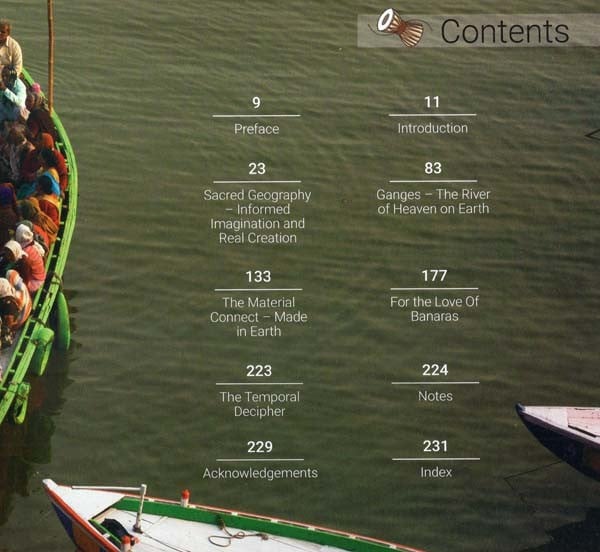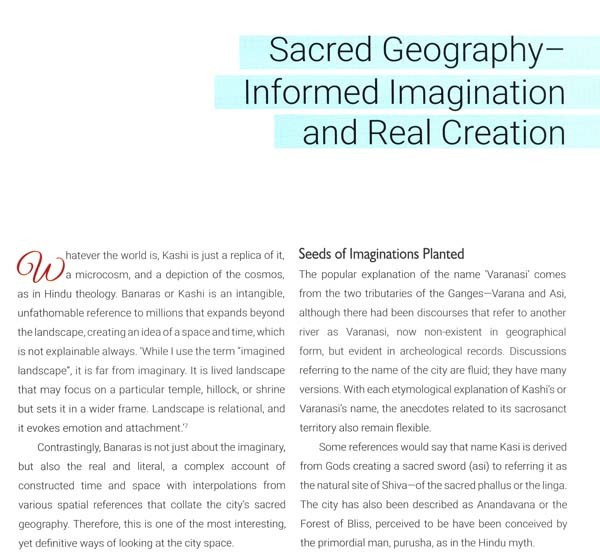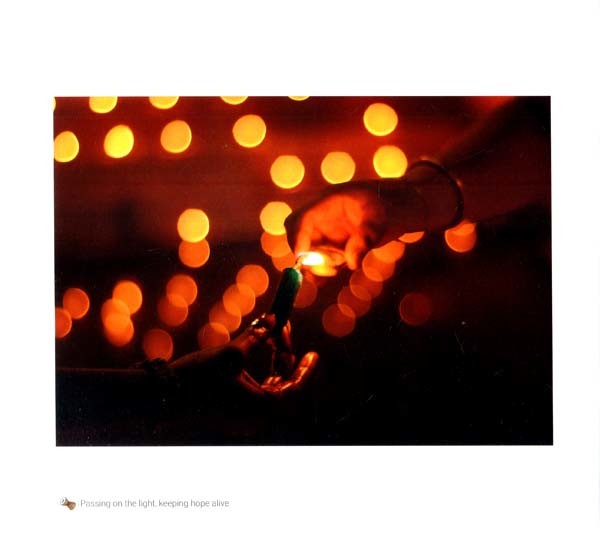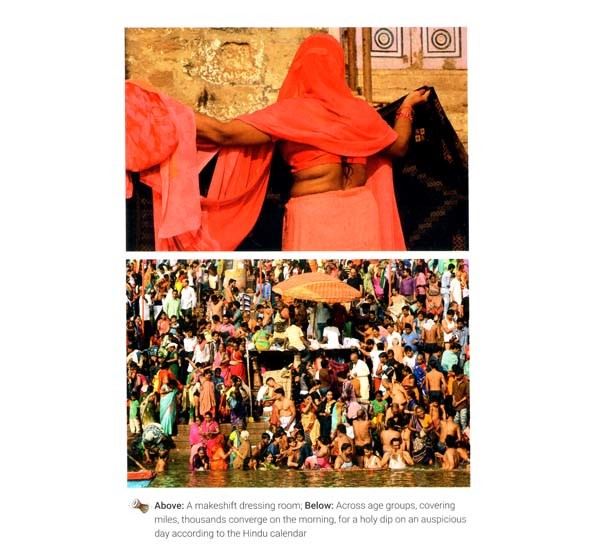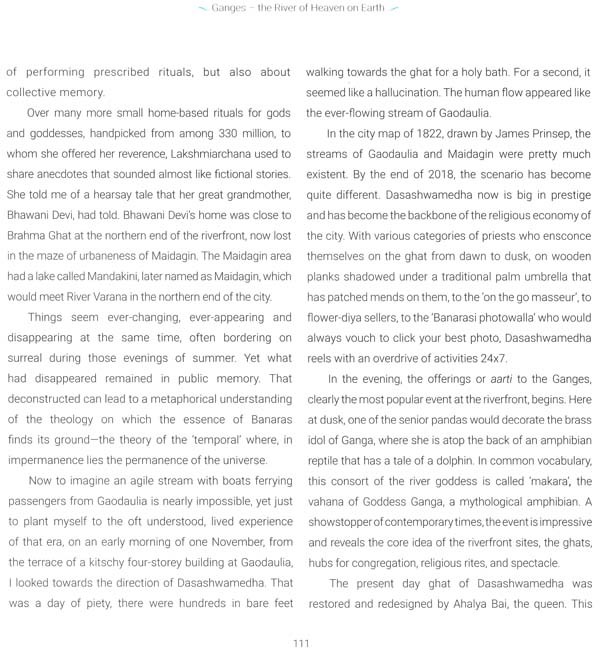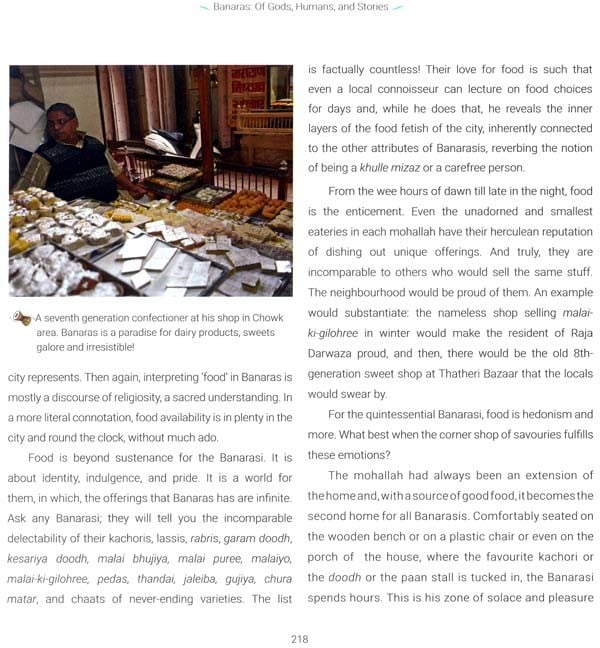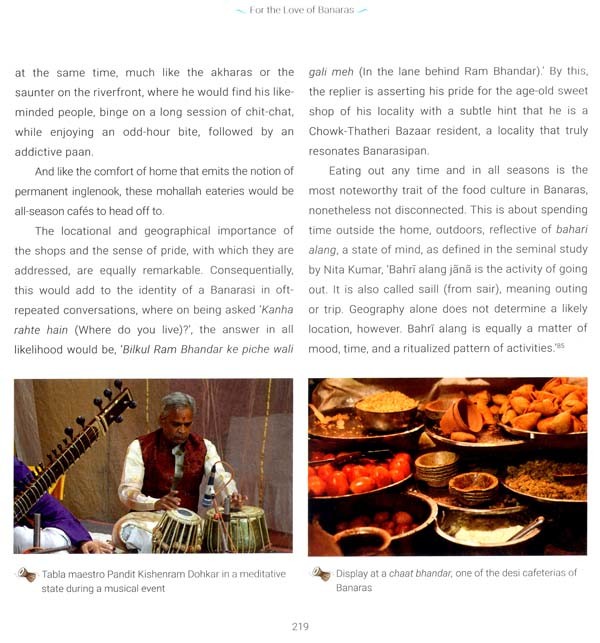
Banaras of Gods, Humans and Stories
Book Specification
| Item Code: | AZE165 |
| Author: | Nilosree Biswas and Irfan Nabi |
| Publisher: | NIYOGI BOOKS |
| Language: | ENGLISH |
| Edition: | 2021 |
| ISBN: | 9789389136777 |
| Pages: | 240 (Throught B/w and Color Illustrations) |
| Cover: | HARDCOVER |
| Weight | 970 gm |
Book Description
In Banaras: Of Gods, Humans and Stories, Nilosree and Irfan discern the engaging narrative of a unique chromosome that makes Banaras. Traversing within the maze, its sacred topography, craft traditions, and gastronomic plethora, the book examines the tenets of its weave. There is a singular, unified, and unstoppable momentum to all this-akin to the unfolding of a scroll of a painting.
Broken Memory, Shining Dust, her prominent documentary, has been archived by Oscar Library. Her earlier book, also co-authored with Irfan Nabi-Alluring Kashmir: The Inner Spirit-has found home in the Library of Congress.
Currently she is working on her next book on food stories during British rule in India.
Irfan Nabi studied in the prestigious Irish Catholic Burn Hall School in Kashmir.
He photographs often and writes intermittently; his images have been part of major exhibitions in Amsterdam, Washington, Kolkata, and New Delhi among many other cities around the globe. He has shot and travelled solo across various terrains. Indulgence in food and music is what keeps him going in his spare time. A book on Ladakh is in progress, Culturally nuanced photo elements are what his lens seeks.
There are also long rows of stone steps on the riverfront, that lead upwards into alleys narrow and winding, never in 90 degrees to each other, laced with temples new and old, crumbling houses, shops, half broken balconies, more temples, cows, cow dung, cheap and fine saree shops, looms weaving unreal fabrics, tea stalls, dargahs, and schools rickety and old with peeled off signboards. And there are people, hundreds, thousands, and more, and the invisible divine who is supposedly governing this space, the omnipresent. With the omnipresent lies endless stories, told, untold, as well as repeatedly told.
**Contents and Sample Pages**
